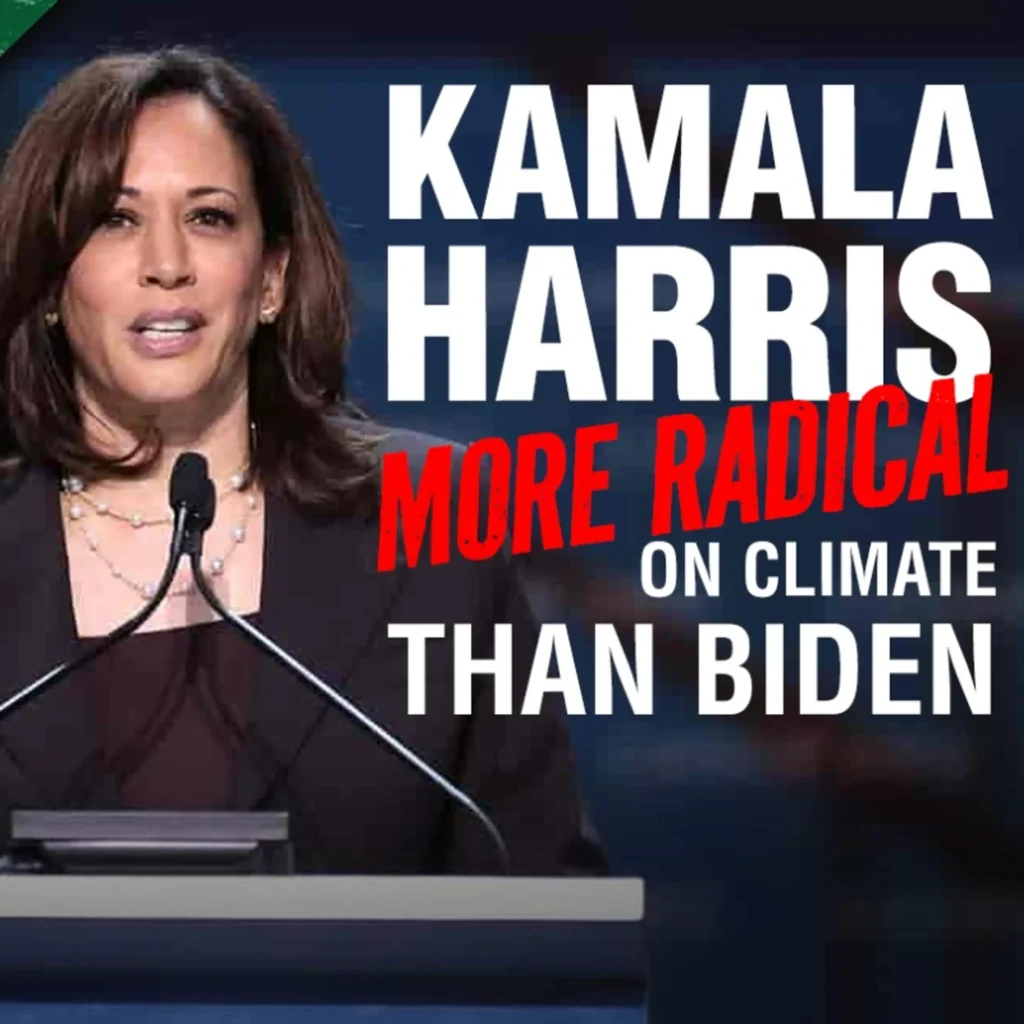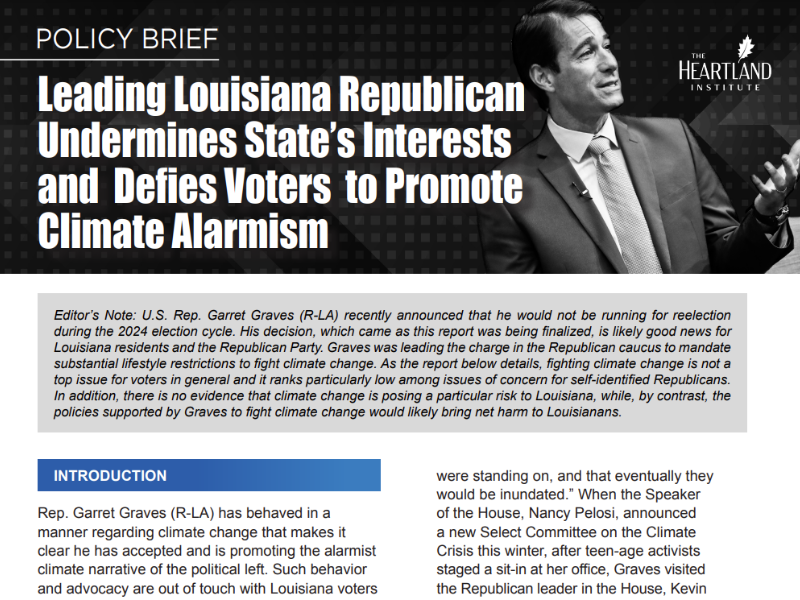(Chicago, Illinois and New York, New York – March 3, 2008) A new study on the use of visual exhibits in the global warming debate–a tactic employed regularly by former Vice President Al Gore in his film, An Inconvenient Truth–reveals how graphs, charts, and other images can be accurate and still skew data to support a partisan view.
“Understanding Visual Exhibits in the Global Warming Debate” notes graphics are an integral component of the national discussion on climate change. They convey vast amounts of complex information in a way that is easily understood … and easily manipulated.
Author Ronald J. Rychlak notes, “Advocates have ‘packaged’ their evidence with charts, graphs, and other visual exhibits designed to have maximum impact with minimal effort on the part of the public. The manipulation of visuals–bar and line graphs, pie charts, even photographs–has proven to be a highly effective way to offer up scary scenarios … and it is easily done.
“The differences in layout can render an exhibit either informative or misleading,” Rychlak writes. “For that reason, court proceedings subject exhibits to a determination of whether they are probative or merely prejudicial.” Rychlak is MDLA Professor of Law and associate dean for academic affairs at the University of Mississippi School of Law.
No similar standards govern the visuals used in the global warming debate. Climate change alarmists often misrepresent data, misleading the public and describing a “reality” unsupported by science. Visuals have been used, for example, to make minuscule increases in temperature or greenhouse gas emissions look dramatic, or to make polar bears appear “stranded” on ice floes. Such tactics do little to further the process of honest inquiry, Rychlak notes.
“If we are to make wise decisions, we have to understand the evidence,” said Rychlak. “However, as words can be misused by an advocate, charts, graphs and even photos can be misused by their creators. This can lead to confusion in a time when clarity is essential.”
“Understanding Visual Exhibits in the Global Warming Debate,” Heartland Policy Study No. 115, is available for free online at http://www.heartland.org/article.cfm?artId=22829. The printed report is available for $10 by calling The Heartland Institute at 312/377-4000.
Editors: For more information or to schedule and interview with the author, please contact Harriette Johnson, media relations manager for The Heartland Institute, at 312/377-4000 or email at [email protected].
The Heartland Institute is a 24-year-old national nonprofit organization based in Chicago, Illinois. It is tax-exempt under Section 501(c)3 of the Internal Revenue Code. Nothing in this news release or the report it describes is intended to influence the passage of pending legislation. For more information, call 312/377-4000 or visit our Web site at www.heartland.org.



